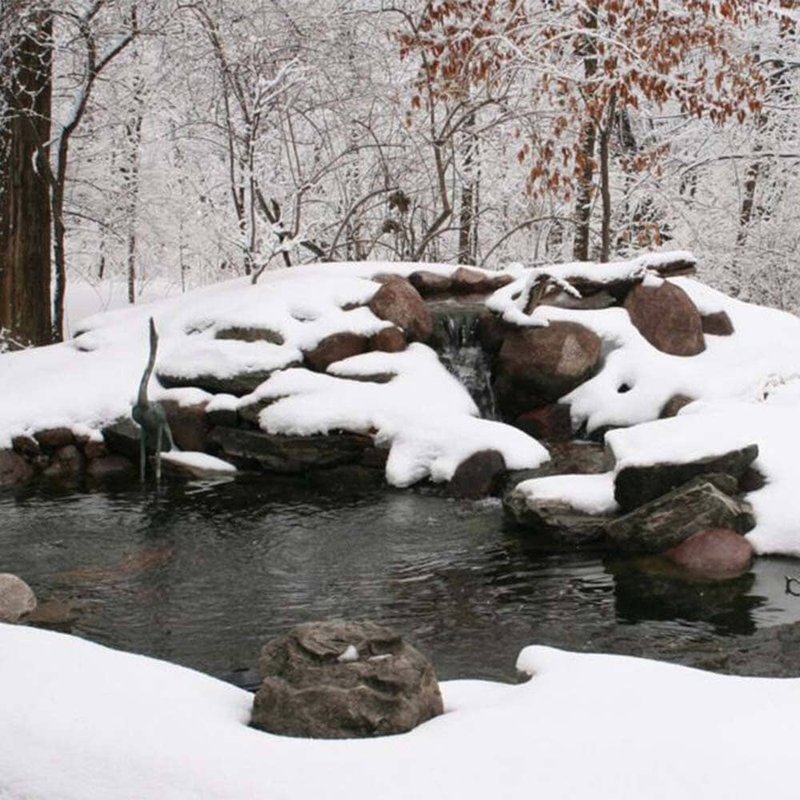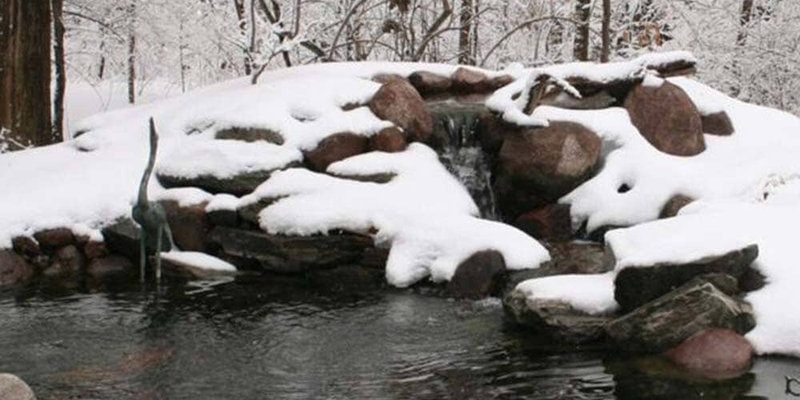
Catfish, particularly species like channel catfish and flathead catfish, are pretty hardy. However, they still depend on the right environmental conditions to thrive, even in winter. Winterizing your pond not only protects your fish but also helps keep the pond ecosystem balanced. Let’s dive into the best practices for winterizing your catfish pond to ensure it’s ready for the cold.
Assessing Your Pond’s Current Condition
Before diving into the winter preparations, it’s a good idea to assess the current state of your pond. This is like checking the weather before heading out—knowing what to expect can help you make better decisions. Take a moment to observe the water clarity, temperature, and the overall health of your catfish.
Water temperature is crucial because catfish become less active as temperatures drop. Ideally, you want to aim for a temperature above 50°F. If your pond is colder, it might be time to consider aeration methods. Water clarity is another aspect to check. Cloudy water can indicate an overabundance of nutrients or algae, which could cause problems in winter.
Lastly, assess the plant life in and around your pond. Healthy plants can provide shelter for fish, while dead vegetation can decompose and release harmful gases. Make a note of any plants that should be trimmed or removed before winter sets in.
Cleaning the Pond: Removing Debris and Algae
Cleaning your pond is like tidying up your living space before a long winter. You don’t want debris or dead leaves sitting around, as they can decay and spoil the water quality. Start by removing any large debris, such as fallen branches and leaves, using a rake or your hands.
You might be wondering about algae, too. Algae growth can go rampant if left unchecked, especially if the pond is shallow. If you notice excessive algae, it’s essential to treat it before winter. You can use algaecides or introduce natural algae-eaters, like certain types of fish. Just remember, moderation is key; you don’t want to throw anything toxic into the mix.
Finally, consider adding beneficial bacteria to your pond after cleaning. These bacteria help break down organic waste, making it easier to maintain a healthy balance throughout the winter months.
Managing Water Levels for Winter
Okay, so here’s the thing: water levels in your pond can fluctuate throughout the year, and it’s vital to manage them properly as winter approaches. A significant drop in water levels can expose fish to predators and harsh conditions, while very high levels can lead to overflow issues.
Aim to maintain water levels that provide enough depth for your catfish to swim freely. Ideally, keep at least 3–4 feet of water depth, as it will help insulate the fish from extreme temperature changes. If the pond is too shallow, consider adding additional water or adjusting your drainage system.
If you live in an area that gets a lot of snow and ice, being proactive about your water levels can save you a lot of headaches in the spring.
Aeration: Keeping the Water Oxygenated
You might think fish don’t need much oxygen in winter, but that’s a common misconception. Just like humans, catfish need oxygen to survive—even when they’re more lethargic during the colder months. Installing an aeration system is one way to ensure your pond stays oxygen-rich.
Aeration systems can come in different forms. Some people prefer a simple fountain, while others may opt for a bottom diffuser aeration system. Both methods help keep water moving, reducing the chances of ice forming completely over the pond. Moreover, maintaining oxygen levels is crucial as it prevents the buildup of toxic gases from decomposing organic matter beneath the surface.
If you already have a system in place, check that it’s functioning properly before winter sets in. You definitely don’t want a malfunction during the coldest months!
Feeding Catfish: Adjusting Diet for Winter Months
Feeding your catfish during winter may be a bit different from what you do in warmer months. As temperatures drop, their metabolism slows down, so they require less food. Here’s the thing—overfeeding can lead to uneaten food rotting in the pond, which is not ideal.
During winter, you’ll want to switch to a high-protein diet that’s easier for them to digest. Look for fish pellets formulated for cooler temperatures. If water temperatures drop below 50°F consistently, consider stopping feeding altogether; their natural instinct is to reduce food intake when it gets cold.
Keep an eye on your fish’s behavior. If they appear less active and are not coming to the surface as frequently, it’s a sign they need less food.
Winterizing Equipment: Pumps and Filters
Now, let’s talk equipment. Pumps and filters are essential for keeping your pond healthy, but they also need some care before winter. If your pond is small or you live in an area where freezing occurs, it’s best to remove these components and store them in a heated place.
Make sure to clean your pumps and filters thoroughly before storing them. Any leftover debris can lead to damage or mold. Place them in a dry, frost-free environment to ensure they’re ready for action come spring.
If you have a larger pond with a continuous flow, be sure to adjust the pumps to a lower setting, as the water will not require as much circulation in colder months.
Monitoring Your Pond Throughout Winter
Once you’ve taken all the necessary steps to winterize your catfish pond, it’s essential to keep an eye on it throughout the winter months. Regularly checking the pond can help you spot potential issues early on. Look for signs like changes in water clarity or the presence of ice.
If you do notice ice forming, consider using a de-icer to maintain a small opening. This allows for gas exchange, which can prevent harmful buildup beneath the ice layer.
Additionally, remember to check the surrounding environment, too. Ensure no debris or snow accumulates around the pond, which can also affect water quality.
Winterizing your catfish pond might seem overwhelming at first, but by breaking it down into clear, manageable steps, it can be a straightforward process. Just as we prepare our homes for winter, giving your pond some extra attention will not only protect your fish but also ensure that your pond remains a lively part of your landscape for years to come.
Enjoying your catfish pond doesn’t have to stop when the temperatures drop. With these best practices, you can feel confident that your pond is in great shape to weather the cold. So, take a deep breath, grab that coffee, and start preparing your pond for a cozy winter!

